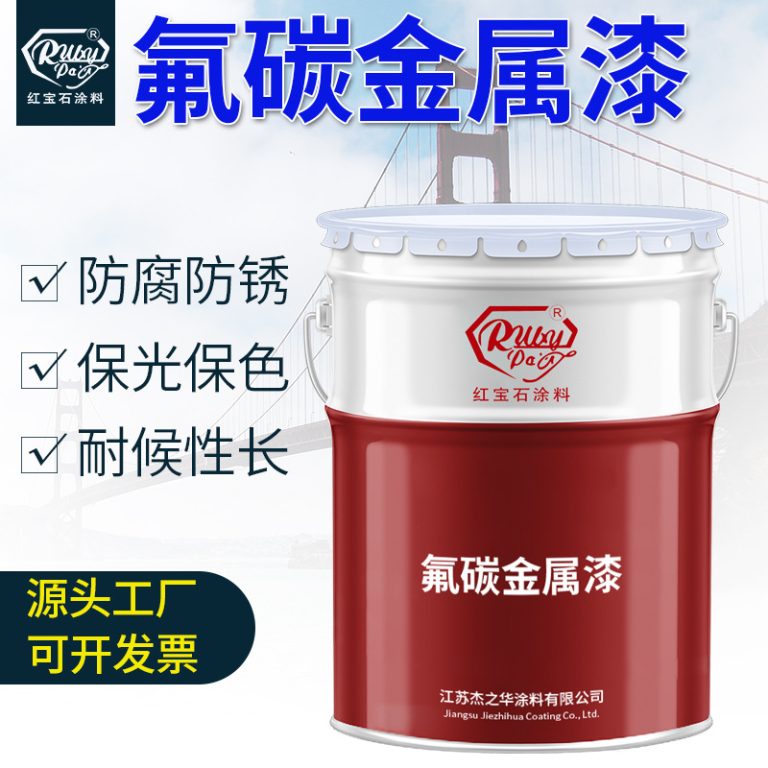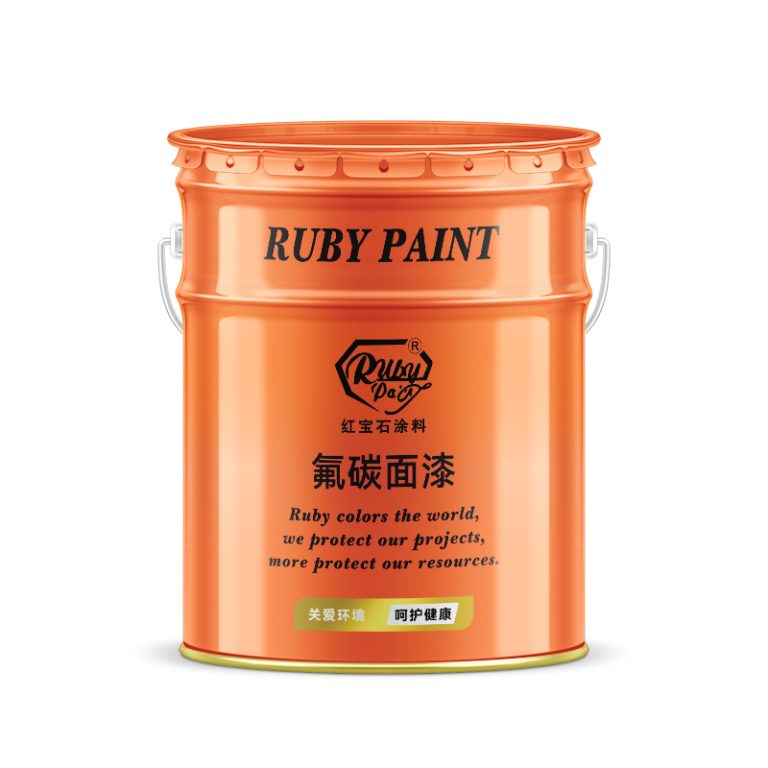Table of Contents
Comprendre la dureté du caoutchouc uréthane : explication de l’échelle du duromètre Shore
Le caoutchouc uréthane, également connu sous le nom de polyuréthane, est un matériau polyvalent utilisé dans une large gamme d’applications, des pièces automobiles aux machines industrielles. L’une des propriétés clés qui définissent les performances du caoutchouc uréthane est sa dureté. Comprendre la dureté du caoutchouc uréthane est crucial pour sélectionner le bon matériau pour des applications spécifiques, car cela affecte la durabilité, la flexibilité et la résistance du produit.
| Numéro de série | Produit |
| 1 | Peinture riche en époxy zinc |
Numéro
| Nom | Peinture intermédiaire au fluorocarbone |
| 1 | Facteurs affectant la dureté et les performances du caoutchouc uréthane |
En conclusion, la dureté du caoutchouc uréthane est influencée par une interaction complexe de facteurs, notamment la formulation du polyuréthane, la présence d’additifs et de charges, les conditions de traitement et l’exposition environnementale. En comprenant et en contrôlant ces facteurs, les fabricants peuvent adapter la dureté du caoutchouc uréthane pour répondre aux exigences spécifiques de diverses applications. Cette personnalisation permet d’optimiser les caractéristiques de performance telles que la durabilité, la flexibilité et la résistance à l’abrasion, faisant du caoutchouc uréthane un matériau hautement adaptable pour un large éventail d’utilisations industrielles.
Factors Affecting Urethane Rubber Hardness and Performance
Urethane rubber, also known as polyurethane rubber, is a versatile material widely used in various industries due to its excellent properties such as abrasion resistance, flexibility, and durability. The hardness of urethane rubber is a critical factor that influences its performance in different applications. Understanding the factors that affect urethane rubber hardness is essential for selecting the right material for specific needs.
One of the primary factors that determine the hardness of urethane rubber is the formulation of the polyurethane itself. Urethane rubber is synthesized by reacting a polyol with an isocyanate, and the ratio of these two components can significantly influence the hardness of the final product. A higher proportion of isocyanate generally results in a harder urethane rubber, while increasing the polyol content tends to produce a softer material. Additionally, the molecular weight and structure of the polyol can also affect the hardness, with higher molecular weights typically leading to softer urethanes.
Another crucial factor is the presence of additives and fillers in the urethane rubber formulation. Various additives such as plasticizers, curatives, and reinforcing agents can be incorporated to modify the properties of urethane rubber. For instance, plasticizers are used to increase the flexibility of the material, but they can also reduce its hardness. Conversely, reinforcing fillers like silica or carbon black can enhance the hardness and improve the mechanical strength of urethane rubber. The type and amount of these additives must be carefully selected to achieve the desired balance of hardness and other properties.
The processing conditions during the manufacturing of urethane rubber also play a significant role in determining its hardness. Factors such as temperature, pressure, and curing time can influence the cross-linking density of the polymer network, which directly affects the hardness. Higher curing temperatures and longer curing times generally lead to increased cross-linking, resulting in a harder material. It is crucial to optimize these processing parameters to ensure that the urethane rubber meets the specific hardness requirements for its intended application.
Environmental factors can also impact the hardness of urethane rubber over time. Exposure to elements such as heat, ultraviolet (UV) light, and chemicals can cause degradation of the material, leading to changes in its hardness. For example, prolonged exposure to high temperatures can accelerate the aging process of urethane rubber, causing it to become brittle and lose its elasticity. Similarly, UV radiation can break down the polymer chains, resulting in a reduction in hardness. To mitigate these effects, urethane rubber can be formulated with stabilizers and UV inhibitors that enhance its resistance to environmental degradation.

In conclusion, the hardness of urethane rubber is influenced by a complex interplay of factors including the formulation of the polyurethane, the presence of additives and fillers, processing conditions, and environmental exposure. By understanding and controlling these factors, manufacturers can tailor the hardness of urethane rubber to meet the specific demands of various applications. This customization allows for the optimization of performance characteristics such as durability, flexibility, and abrasion resistance, making urethane rubber a highly adaptable material for a wide range of industrial uses.






